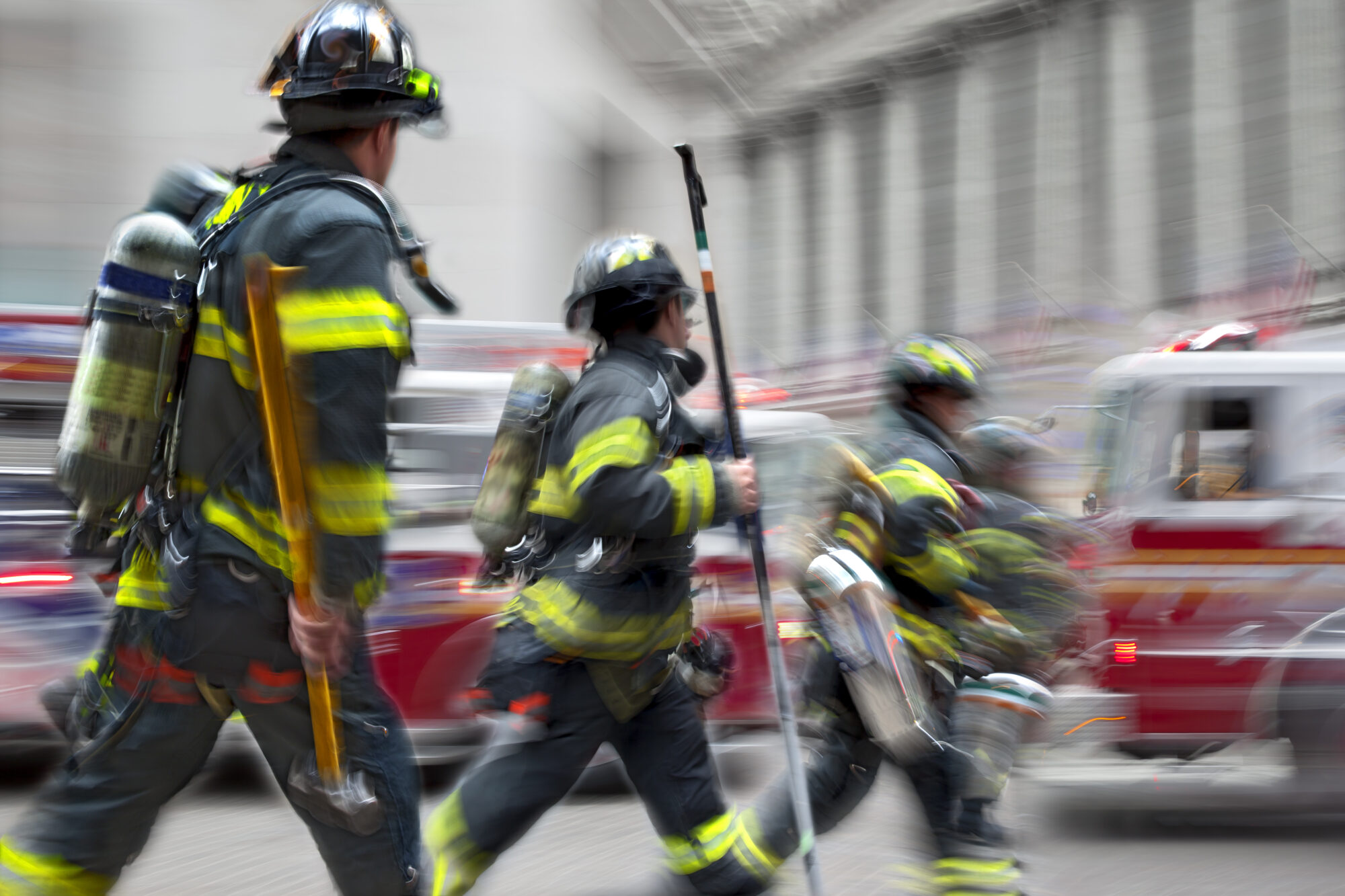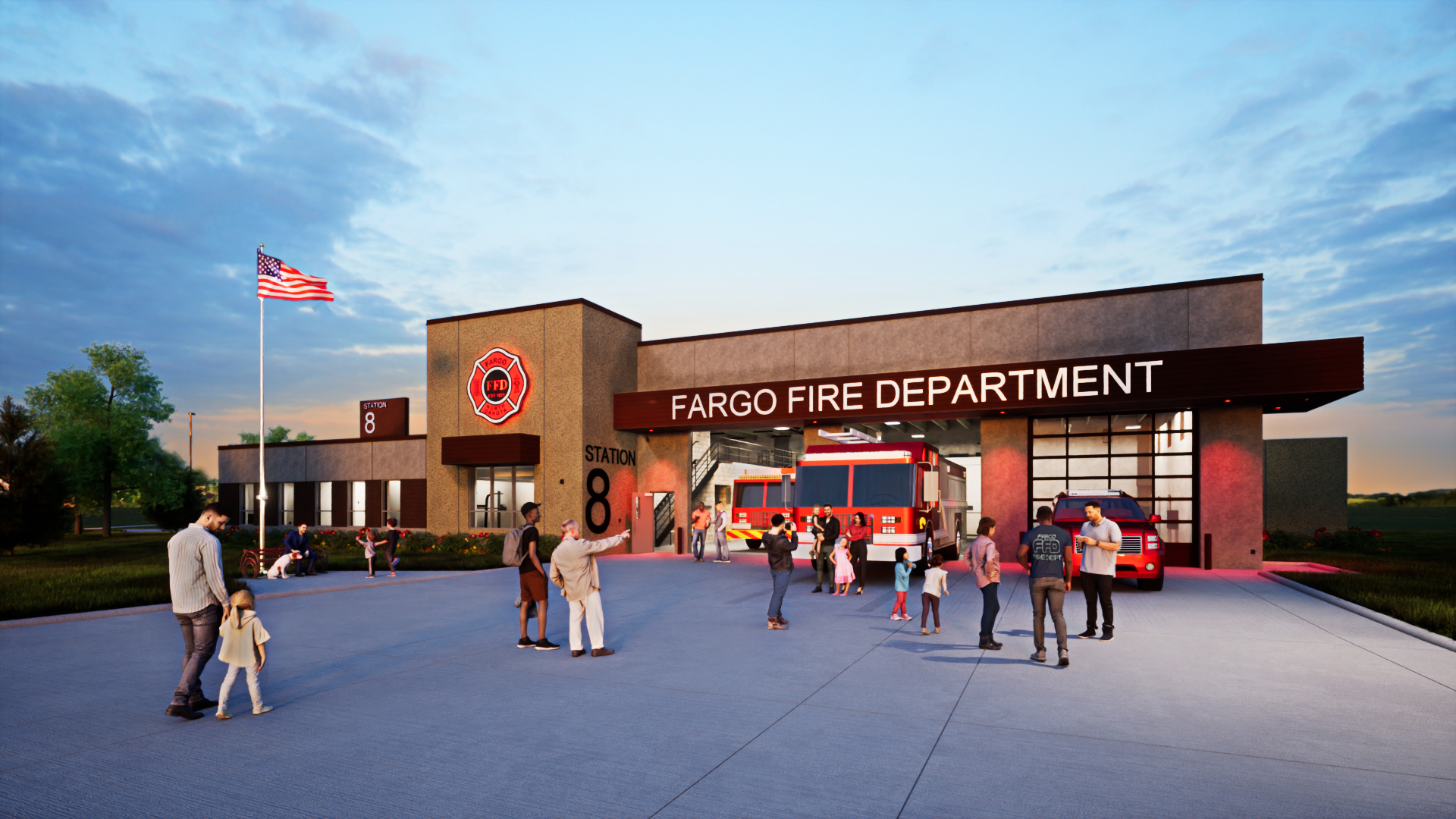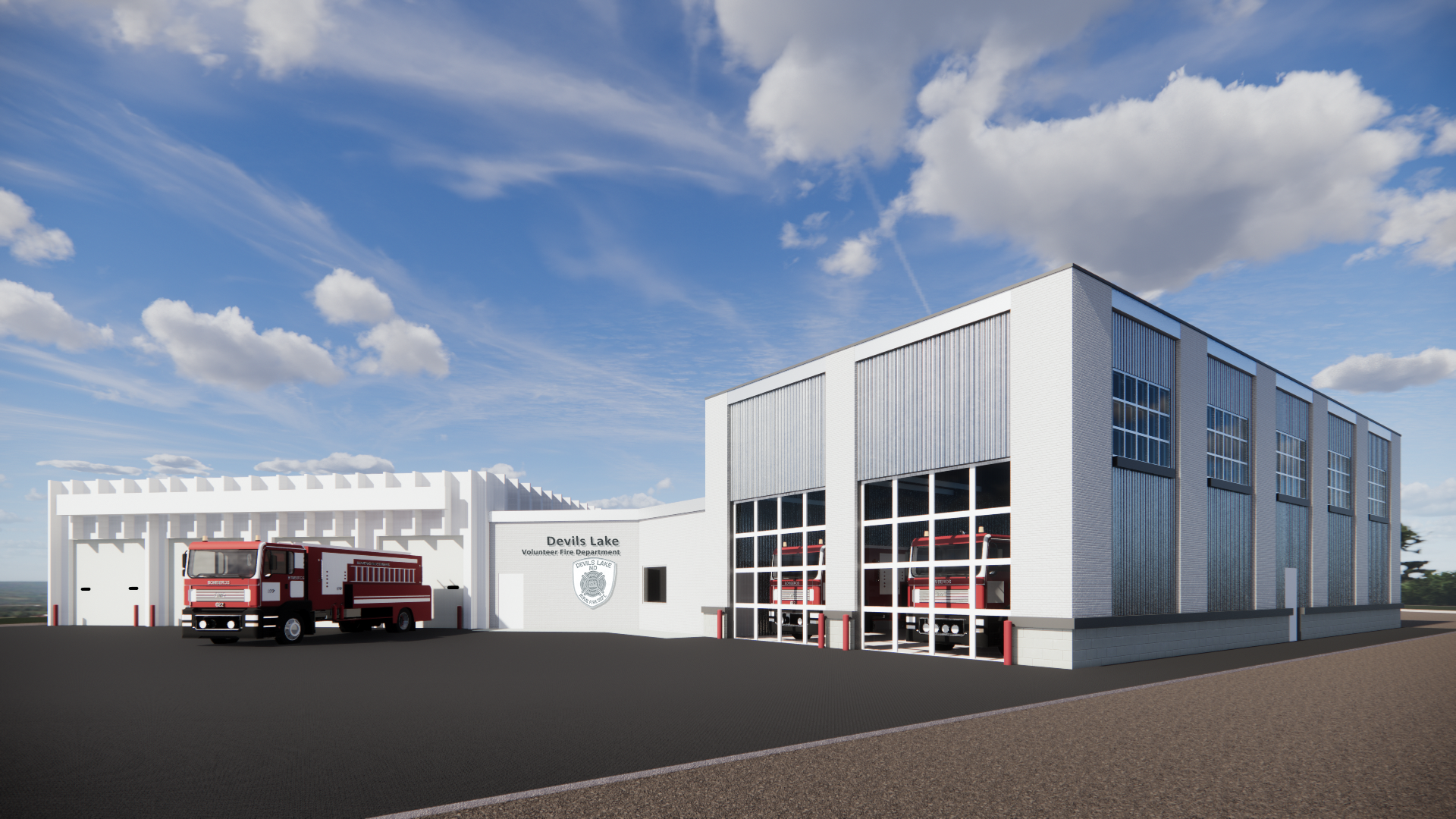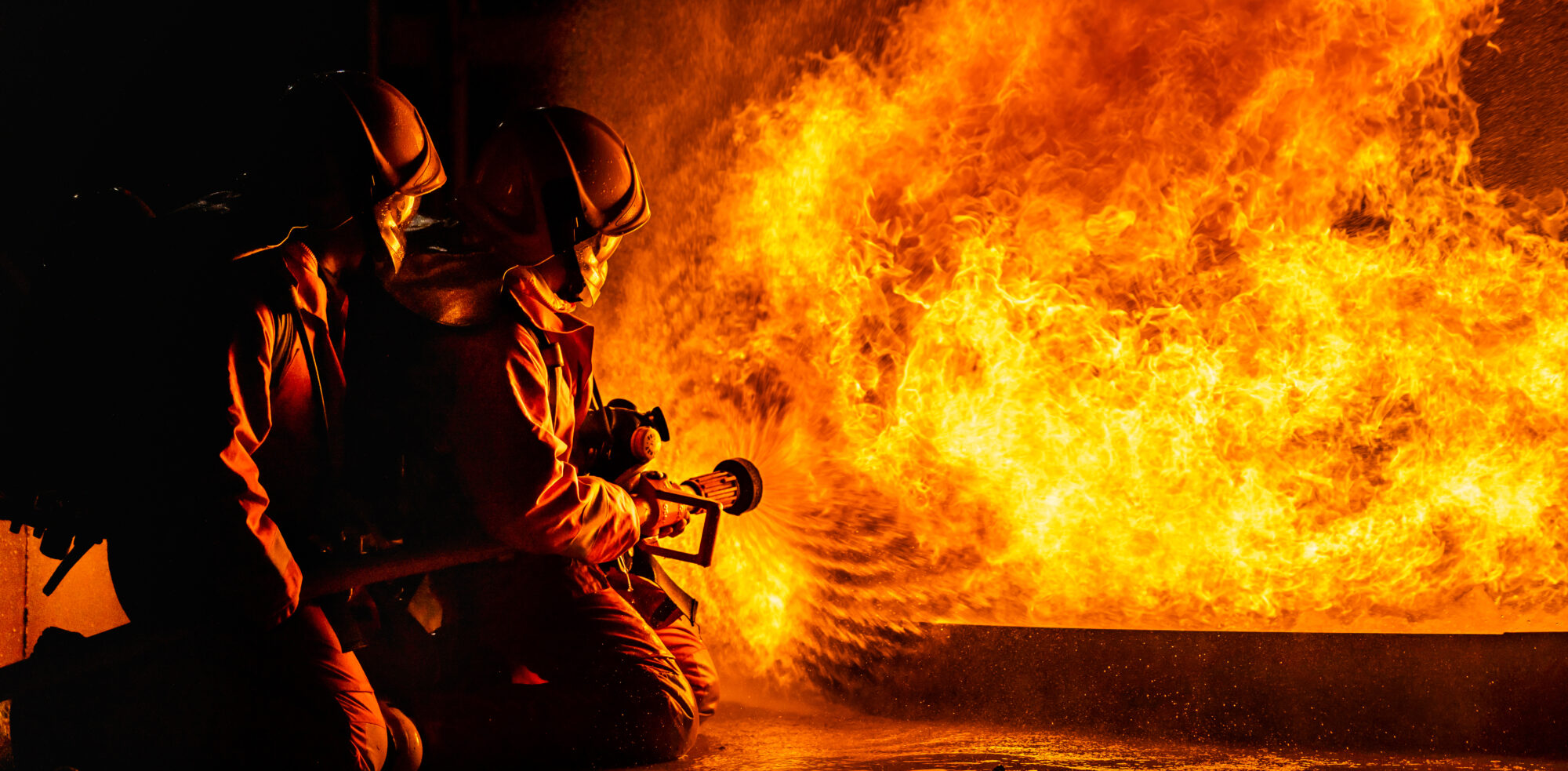THE ADDED VALUE OF DESIGNING FOR RESILIENCY
Michael Clark, EAPC Director of Public Safety
Have you ever stopped to think about the impact your decisions have on the world around you? As a society, we’ve come a long way in recognizing that our resources are finite and that we need to take responsibility for protecting the health of our planet. But now, it’s time to take things to the next level. That’s where the importance of resiliency comes in.
At its core, resiliency is all about preparing for the unexpected. We know that the world is changing rapidly, and we can’t predict with absolute certainty what kinds of disasters or hazards we might face in the future. But we can take steps to prepare ourselves and our communities to weather those storms when they come.
One of the most important things we can do is to design resilient buildings and infrastructure. That means building to a higher standard than just the bare minimum required by building codes. It means anticipating future risks and vulnerabilities and mitigating them before they become problematic.

Resiliency is essential when it comes to critical infrastructure, such as public safety buildings, hospitals, and emergency communications centers. These buildings need to be operational all day, every day, and during emergencies. In addition, they need to withstand a wide range of environmental hazards, from high winds to tornados to blizzards.
But resiliency isn’t just about protecting people during disasters. It’s also about protecting the critical infrastructure that those people rely on. For example, if a fire station is damaged in a disaster, it could take weeks or even months to get it back up and running. That means the community it serves is left without critical public safety services.
By designing resilient buildings and infrastructure, we can prevent those disruptions and keep our communities safe and operational during times of crisis. In addition, investing in resiliency can save money in the long run by avoiding damage and downtime that would be much more expensive to repair.
Of course, resiliency is just one piece of the puzzle when it comes to creating a sustainable future. We must also consider renewable energy, green building materials, and smart transportation systems. But by prioritizing resiliency, we can create a foundation that will allow us to weather the storms of the future and build a better, more sustainable world for ourselves and future generations.
At EAPC Architects Engineers, we understand the importance of balancing cost concerns with the need for resiliency. That’s why we take a comprehensive approach that considers sustainability and resiliency in all our projects. By doing so, we can create buildings that meet today’s needs and anticipate tomorrow’s challenges. So, if you’re considering upgrading or building new facilities, remember that you don’t have to choose between sustainability and resiliency. With the right approach, you can have both – and that’s true added value.
Two recent projects in our Public Safety Design sector are great examples of the synergies that considering sustainability can achieve. Fargo Fire Department and Devil’s Lake Rural Fire Department in North Dakota are very different departments. Still, both had the same issue: how to protect their proposed building projects from future weather-related events and how to do it on a budget.
The Fargo Fire Department is a career department with soon to have 8 stations. Fargo itself is a major metropolitan city within its region. Fargo Fire Station No. 8 was planned and budgeted for before the inflationary period that followed the pandemic. During early design meetings, Fire Chief Steven Dirksen recognized the budget challenge and was clear that quality construction was not to be sacrificed to achieve the budget. He directed the team to develop a resilient building that would withstand strong, straight-line winds common in the upper Midwest while respecting the pre-established budget.

The design team went to work analyzing different building systems seeking a system that maximized the resilient characteristics of the building envelope for minimal investment. Precast concrete panels met this criterion. However, these decisions were not without sacrifices. For example, the project’s scope was scaled back from accommodating two fire companies to only one. Also, the department accepted an increased construction timeline, a common challenge on precast structures, especially smaller precast buildings such as fire stations. When complete with its extended construction schedule, the final product bid within the project budget will be an essential element of the City of Fargo’s fire response, especially if there should be a weather-related event.
Devil’s Lake Rural Fire Department is a volunteer organization supported by several rural townships south of Devils Lake, North Dakota. Like many departments in recent years, there has been growth in the community, and they have outgrown their current station. Their project also included resolving issues in the fire industry surrounding exposure on fire scenes to more carcinogenic materials by creating a proper decontamination process for their gear and personnel after fire calls.
Their existing 50-year-old building was constructed of precast concrete and was determined to be in good condition. When discussions of budget and potential cost were brought to the table, the Devils Lake Rural Fire Department made it clear that a building at least as resilient as their existing facility was needed even though lesser cost solutions existed, that would be incrementally less resilient. Unfortunately, Devils Lake Rural Fire Department is no longer in the vicinity of any precast plants, and a quick analysis showed there would be a premium to be paid for those construction materials. The team ultimately proceeded with a masonry cavity wall construction that will provide the same resiliency against intense storms with more locally available building materials.

The journey towards resilience demands a collective commitment to design, planning, and preparation for future uncertainties. At EAPC, our design approach amalgamates sustainability and resilience, with an acute awareness of the importance of value engineering and managing costs. The success stories from Fargo Fire Department and Devil’s Lake Rural Fire Department underline the profound impact of investing in resilient architecture. Not only do resilient structures protect the valuable services they house, but they also embody the essence of future-ready infrastructure: durable, sustainable, and reliable. Through every structure we design, we aim to make our world a little more resilient, one building at a time. The value of designing for resiliency is not just an added benefit—it is a necessity, an investment in our future, and a commitment to safeguarding our communities against the unpredictable forces of change. Let’s build a world that’s prepared to withstand any storm that comes our way.
